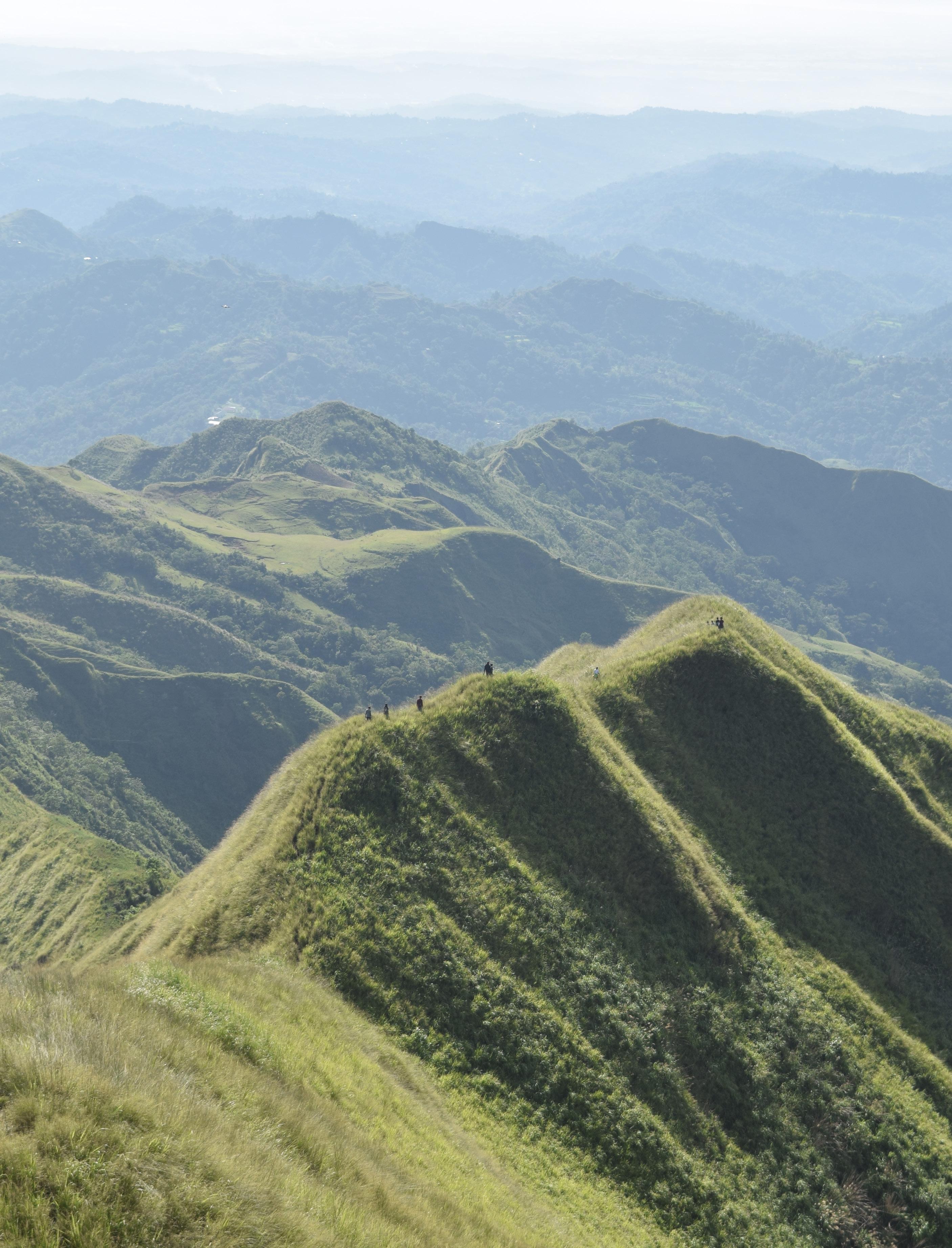
9 minute read
To The Mountains I Go
Hikers and mountaineers from the island of Panay share their experiences from previous adventures ranging from lessons learned during nights on the mountains and advice on preparing for future trips.
Words by Esther Clayton Photos by Fermar Novilla
Advertisement
As more and more people have found an interest in nature trips, especially when it comes to hiking and climbing, various questions have been raised, such as, “Where do I start?”, “What would be a good hike to introduce to a beginner?” and “What are things I need to prepare beforehand?”
The island of Panay is home to several mountains offering different levels of difficulties. Avid hikers and climbers will appreciate this island because they can find a mountain that is the right fit for their adventure needs. Some of the known mountains in the area include Mt. Madjaas in Antique, Mt. Napulak, and Mt. Lingguhob in Iloilo.
Do take note that hiking and mountaineering are two different things. “Hiking refers to single-day trips over any walkable terrain,” while mountaineering “generally requires technical climbing and selfrescue skills as well as specialized equipment,” as described on the website of KÜHL’s, a clothing brand specializing in outdoor activities.
The beginning of it all
Some people are exposed to the world of mountaineering at a young age due to their parents’ influence. In contrast, others learn about it during their later years, such as in college. Tyra Locara, a local from Iloilo and alumna of UPV Mountaineers, shared that she knew about mountaineering through her father. “My dad is a member of the Iloilo Mountaineering Club (IMC), a local club within the province but is widely known in the country among outdoor enthusiasts. I was always interested to hear my dad tell stories of his adventures, and I was determined to experience mountaineering for myself.”
She added, “Aside from that, my hometown has a crag which is frequented by rock climbers from Iloilo and all over the country. So, whenever there were climbers in the area, we would hike to the crag and spend the night there.”
Lovely Joy Heyres, a local from Capiz and is known by many as ‘Lakay,’ said because of her “being a thrill seeker and adventure junkie” and a big fan of watching mountain expeditions on the Outdoor channel, she eventually became a member of her college’s mountaineering organization, the University of the Philippines Visayas Mountaineers (UPVM).
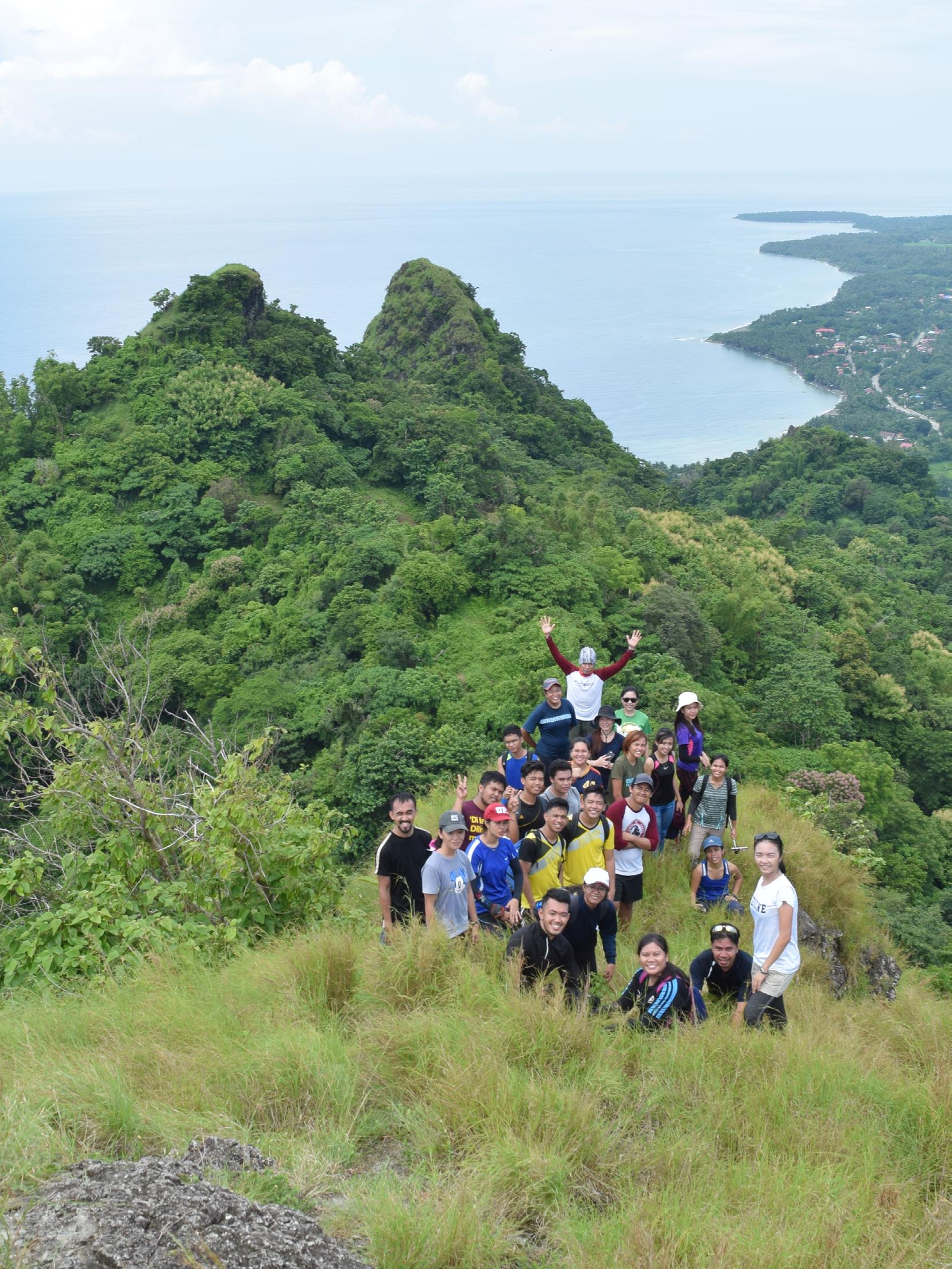
The view that awaits you when you complete your climb up the mountain is incomparable to anything else. The cold breeze at the top keeps you awake and on your toes. You cannot stop looking at the sky, the trees, the ground, and the light on your friends’ faces as they breathe it all in. Then, you look back and think that all those hours climbing were worth it.
A local from Capiz and a member of UPV Mountaineers, Kimberly Mamburam, shared she will never forget her first climb. She said she was wearing a sando and shorts and was even wearing shoes borrowed from a friend when they climbed Mt. Taripis and Mt. Loboc in Igbaras, Iloilo, last 2014.
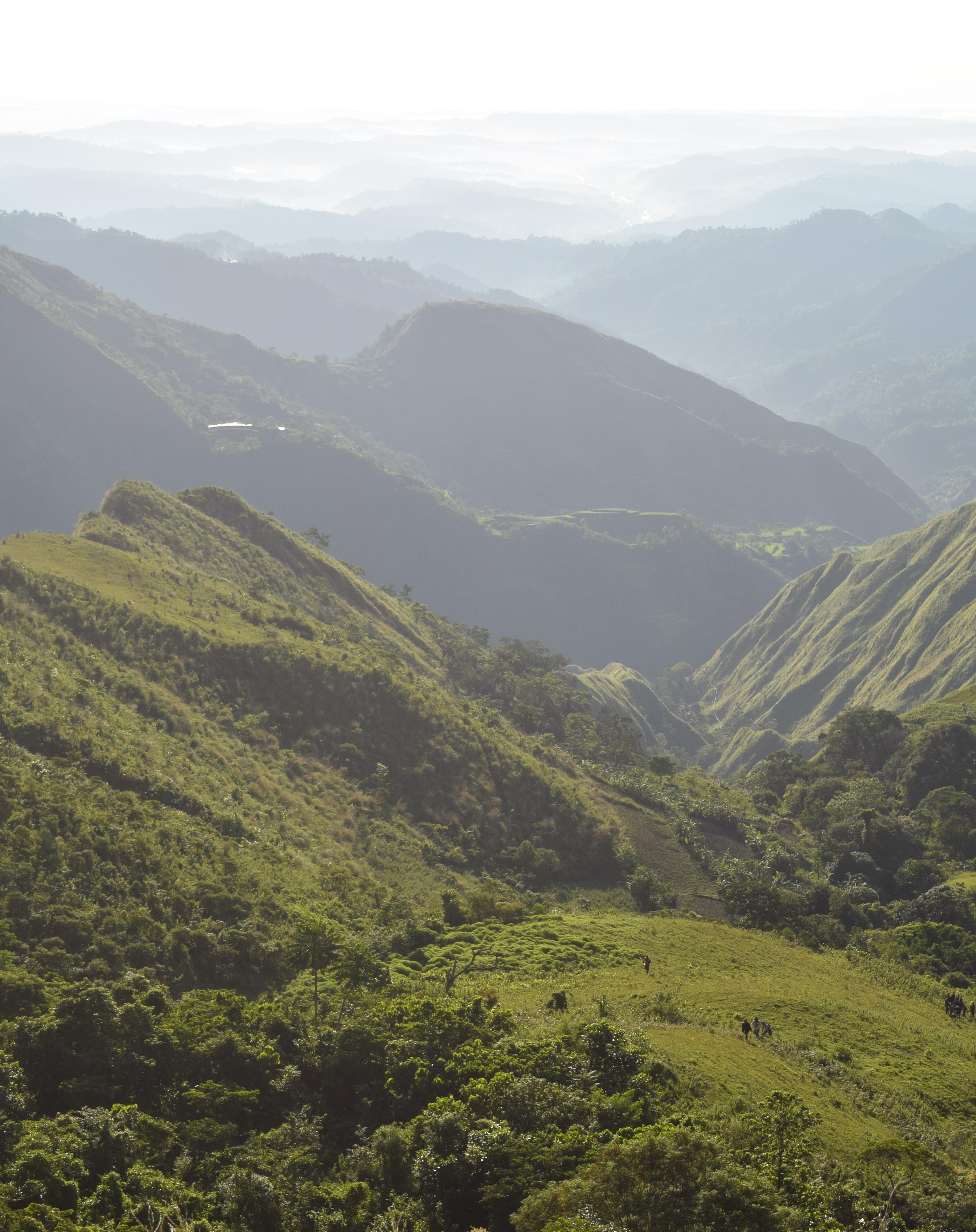
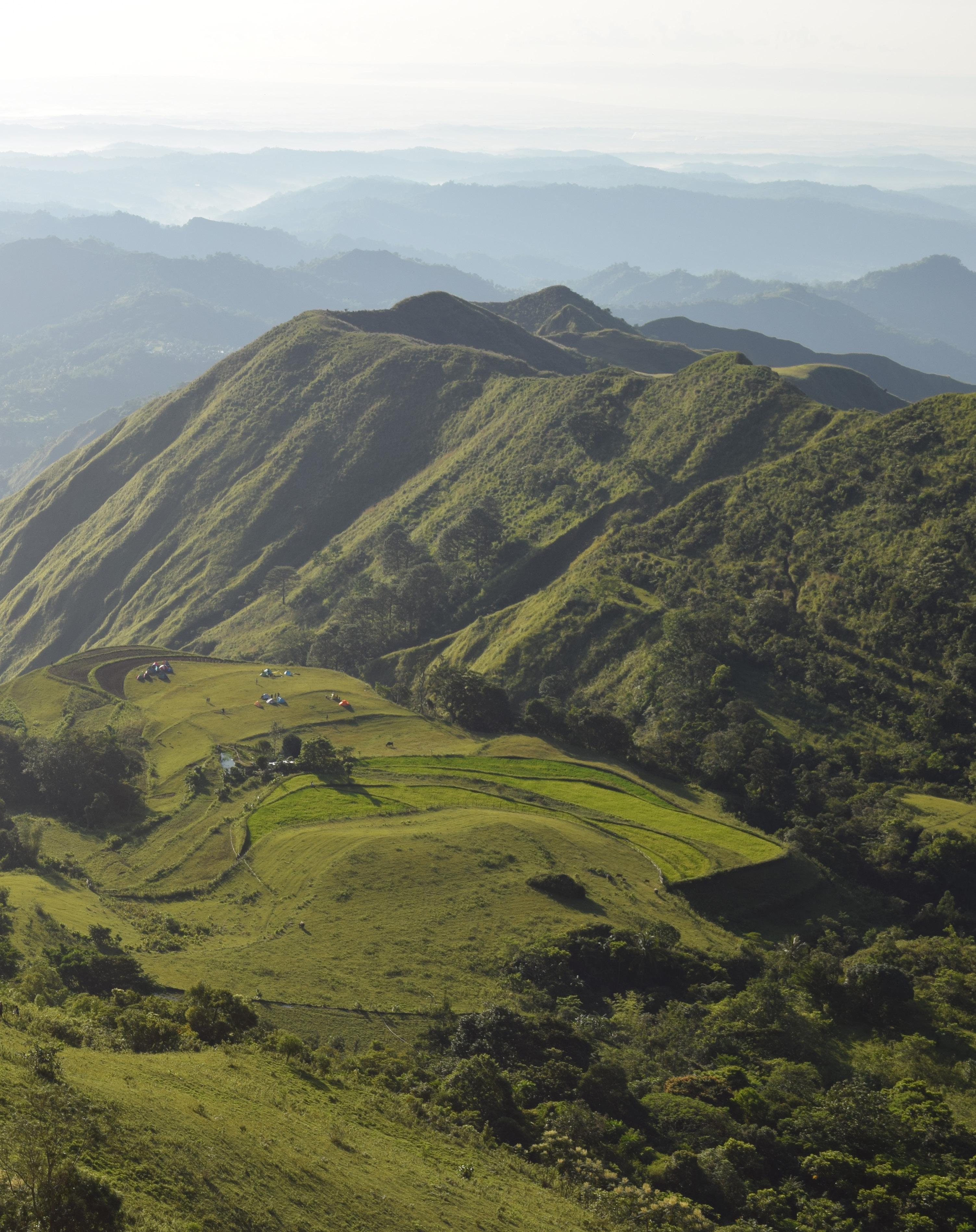
“The heat was the most challenging [thing] during the climb. But it never stopped us from posing in every spot with a good view of the ridges and mountains in Igbaras. Climbing mountains was something I never dreamed of doing, but when I experienced it, I realized it was something I will never stop doing,” Mamburam remarked.
Although the completion of these expeditions gives you a sense of fulfillment, it also gives you lifelong lessons for future trips. Being asthmatic was a challenge for Arnold Vincent Sustento Fernando, a frequent hiker and nature enthusiast from Roxas City, Capiz, since his lungs “were not trained for the extremes.” He added, “The first hour of every hike I went on was the hardest because, as I have observed, that’s how long my body took to adjust to the activity. But through learning the right pacing, doing cardio workouts days before the hike, and giving my body the time it needs to adjust to the activity, I was able to get through it and reach the peaks.”
“Mountaineering is considered to be an extreme sport. And with extreme, there is always an associated danger and lots of risks. Weather conditions, hypothermia, and animal bites are only some of the threats a hiker could face on mountains, especially those that are not well prepared. I have done more than 30 minor and major hikes around the Philippines, and I am proud to say that I managed to survive some of those threats I’ve mentioned above,” said Heyres.
She added, “One major thing I’ve learned in climbing is never to underestimate any mountain, always come prepared for every climb. That is why with the onslaught of hiking as a hobby, especially nowadays, I fully suggest that every hiker, whether it is a day hike or a major hike, should be trained with the Basic Mountaineering Course. It’s not only for their own safety but also for the group.”
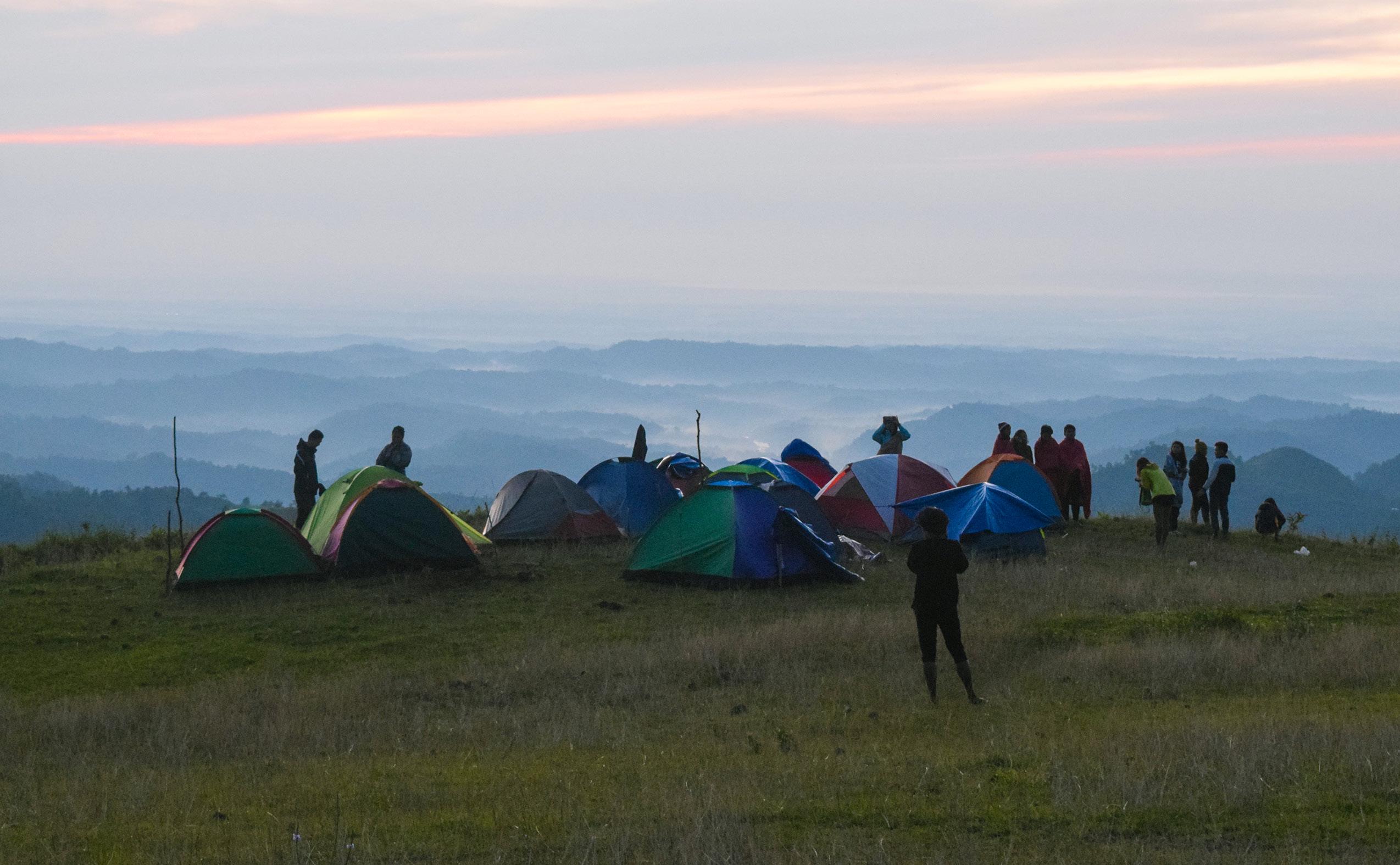
-Kimberly Mamburam
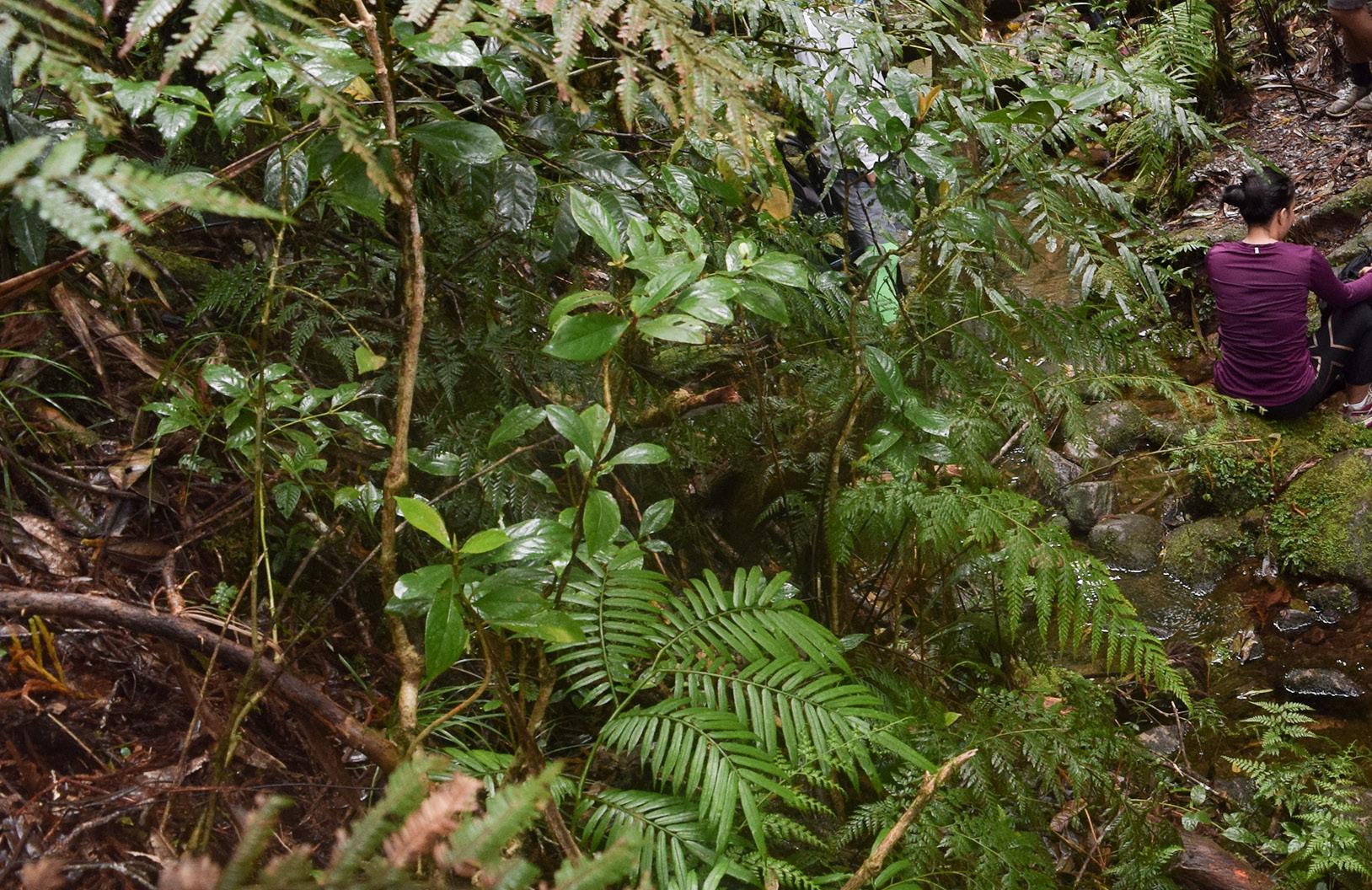
Where to start
There are several clubs and organizations for mountaineering and hiking all over the Philippines. As mentioned before, Iloilo Mountaineering Club, University of the Philippines Visayas Mountaineers, and Stay Wild Outdoors are a few organizations in Panay that can help you plan for your next climb or hiking trips.
Hikers and climbers are also encouraged to do their research before a hike or a climb and gather with their group before the trip to discuss their itinerary and goals in detail. The Philippine Mountaineering and Pinoy Mountaineer websites are a good starting point. They provide informational posts about outdoor essentials, hydration tips, mountains in the Philippines, checklists, and many more.
Because some climbs take a longer period, there are also specific things you need to get before starting your trip. Locara shared,
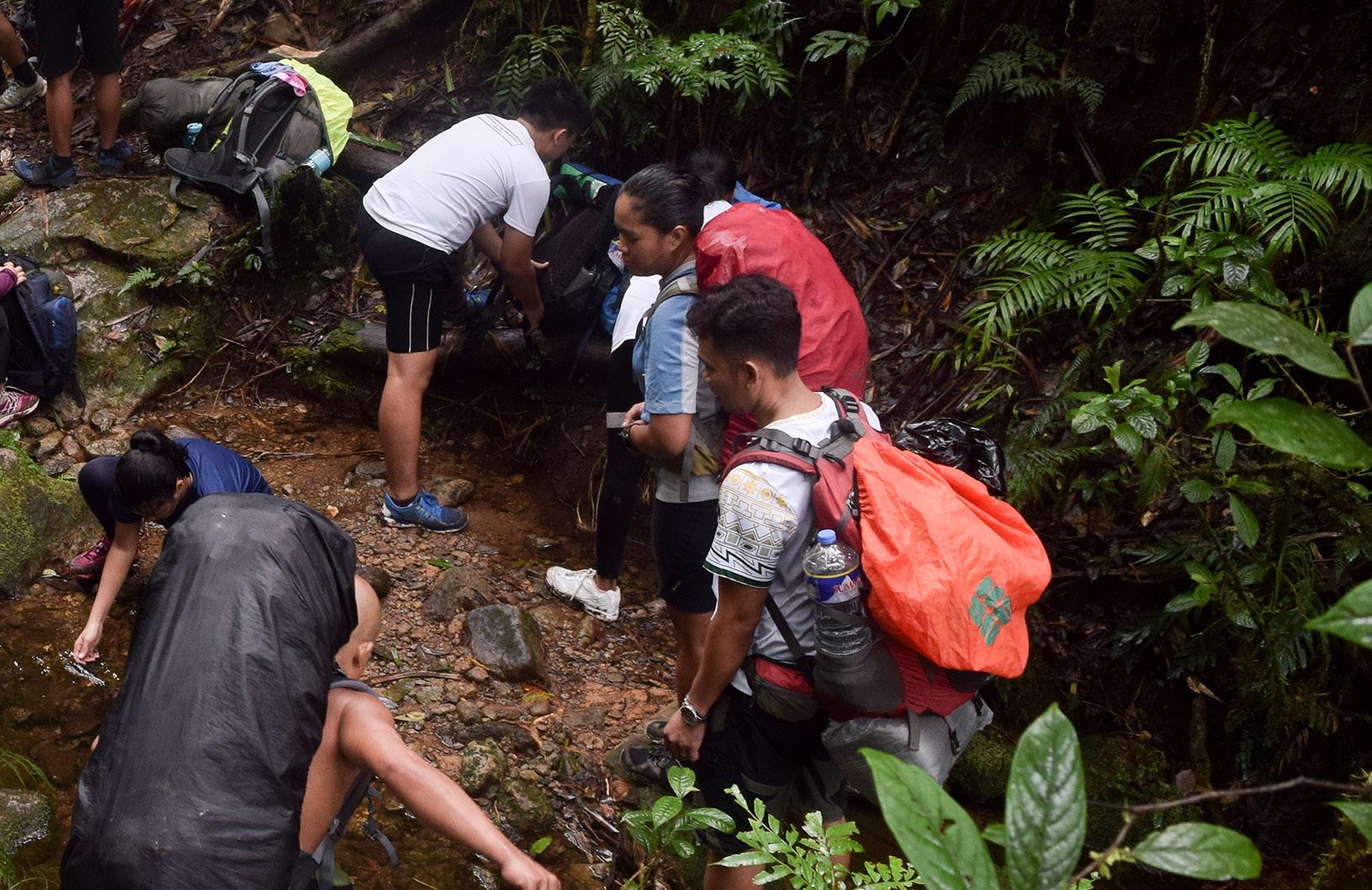
“About a month before a climb, you need to send a letter to the Mayor, the Police Chief, and the Tourism Officer of the town or place where the mountain is located. You also need to coordinate with guides beforehand so that you may know if they are free on your scheduled climb.”
“Another thing is, on the day of the climb, you need to stop by the police station and log in your names and other contact information. This is also done at the barangay or village of the jump-off point. This is to ensure that if ever an emergency arises, they know who to find and who to contact,” said Locara.
With the current pandemic and quarantine rules, regularly check the website for the mountains you want to climb or the hikes you want to do, and stay up to date with announcements from your local government and hiking organizations to make sure you are complying with the rules within the area.
A closer look at UPV Mountaineers
According to their Facebook page, the UPV Mountaineers is “an organization in the University of the Philippines Visayas which aims to promote responsible mountaineering and outdoorsmanship and environmental conservation.”
Due to the various levels of difficulty of the mountains around the Philippines and the difference in experience within the organization’s members, “UPVM members are trained to come always prepared for every climb,” shared Heyres.
After studying the mountain’s terrain and its level of difficulty, the group then formulates a training regimen, Locara described. “We usually train about one month or two weeks before a climb, depending on its difficulty. The training usually consists of cardio and leg training. There are days where we train together, but on the days that we don’t, some members opt to train further individually or in small groups.”
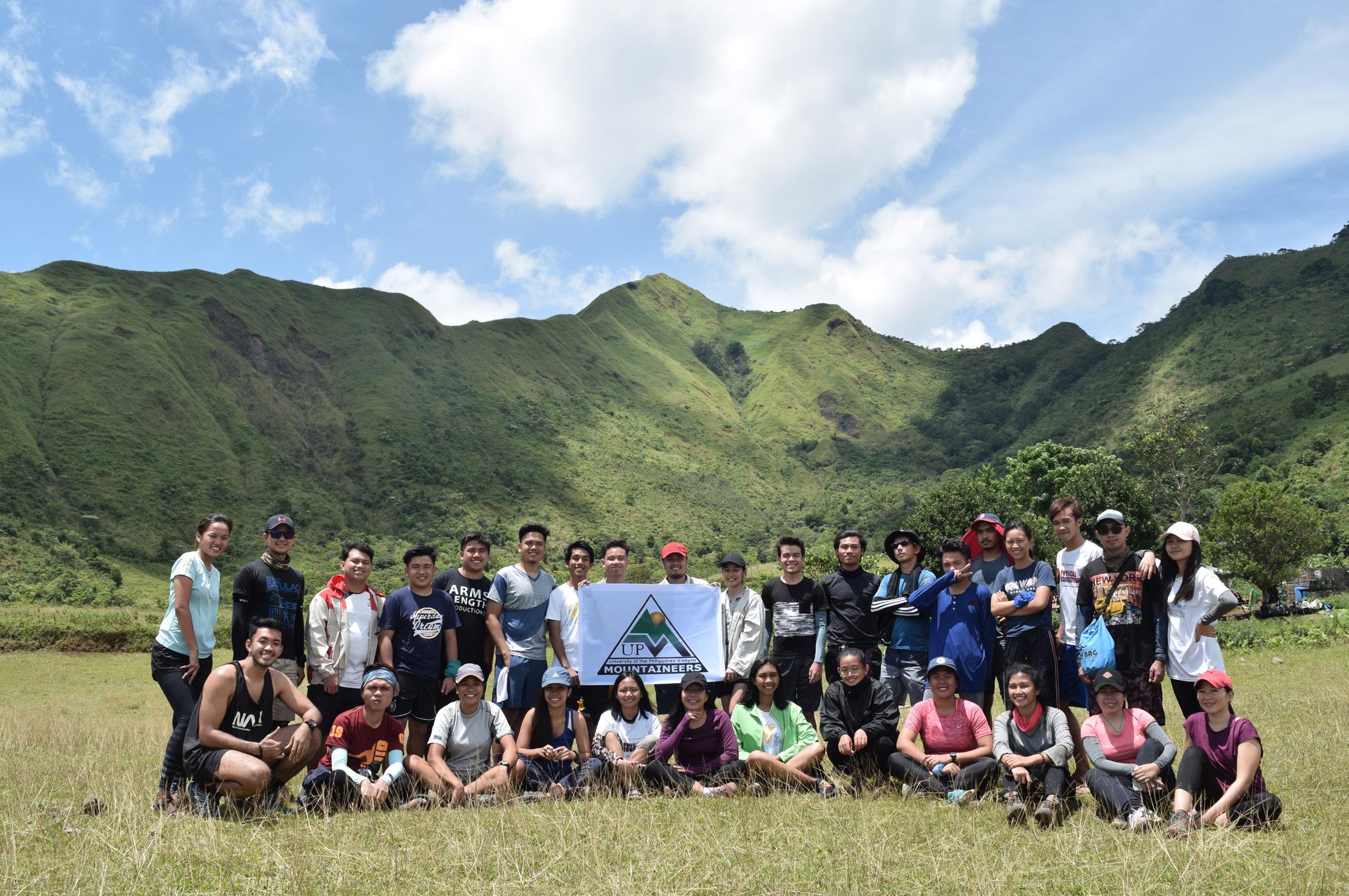
UPV Mountaineers has also facilitated and taken part in outreach programs in selected communities. Over the years, they have carried out coastal clean-up drives, book drives, food programs, and gift-giving activities.
The activities often involve hosting games and telling stories to children in the selected community. “There are also games for parents and elders in the community. We often give seeds and other agricultural materials, sports equipment for volleyball and basketball, school supplies to the students and the school, and conduct simple feeding activities to the kids. Events like these, giving back to the community, give hope and optimism to the people in the mountains,” shared Mamburam.
According to Heyres, who has helped with these programs, UPVM also partners with other mountaineering groups such as Iloilo Mountaineering Club and other hiking enthusiasts.
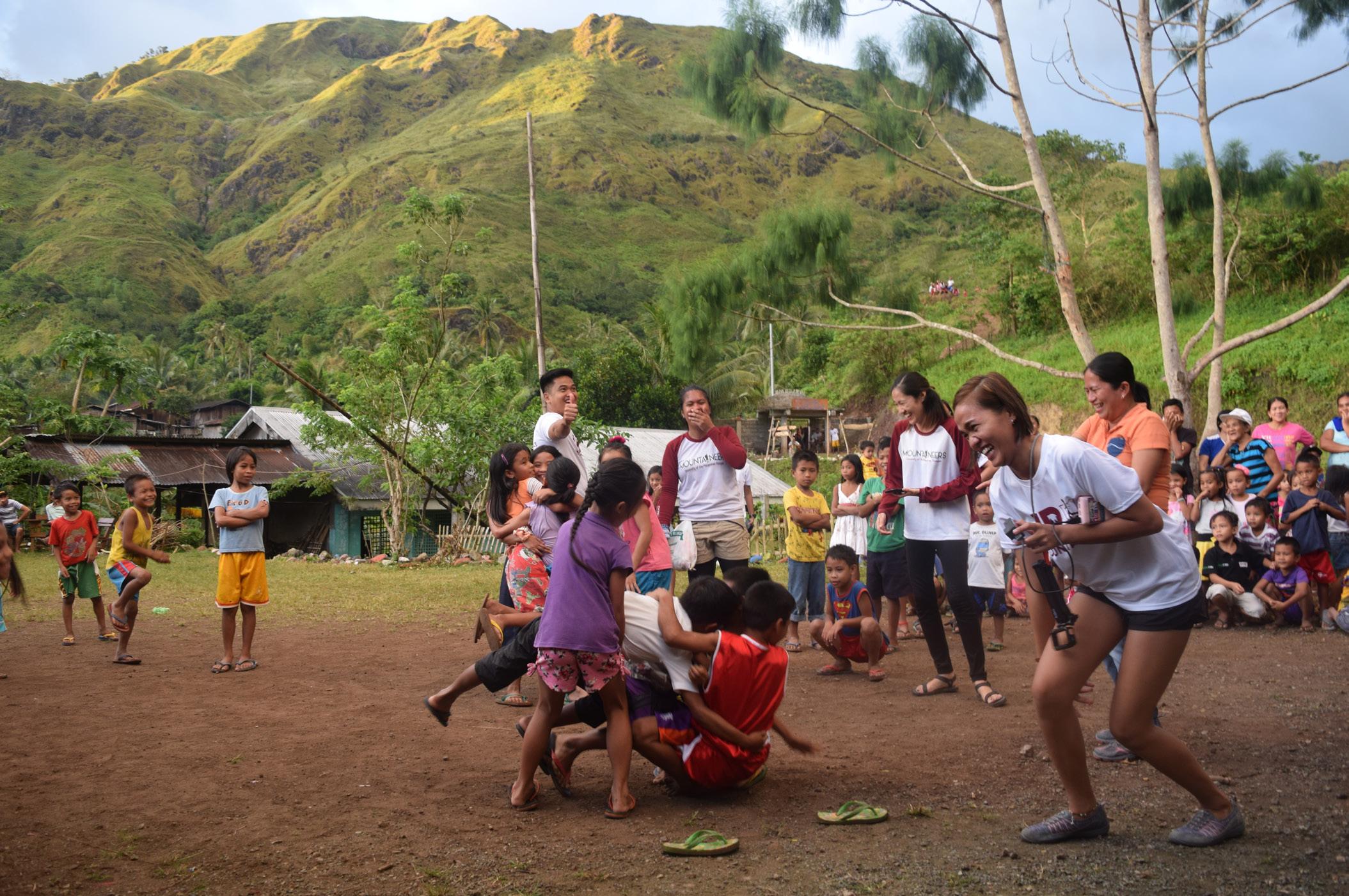
Looking back
Hiking became Fernando’s stress reliever and has given him something to anticipate in the future. He shared that it also gave him “the experience of immersing with
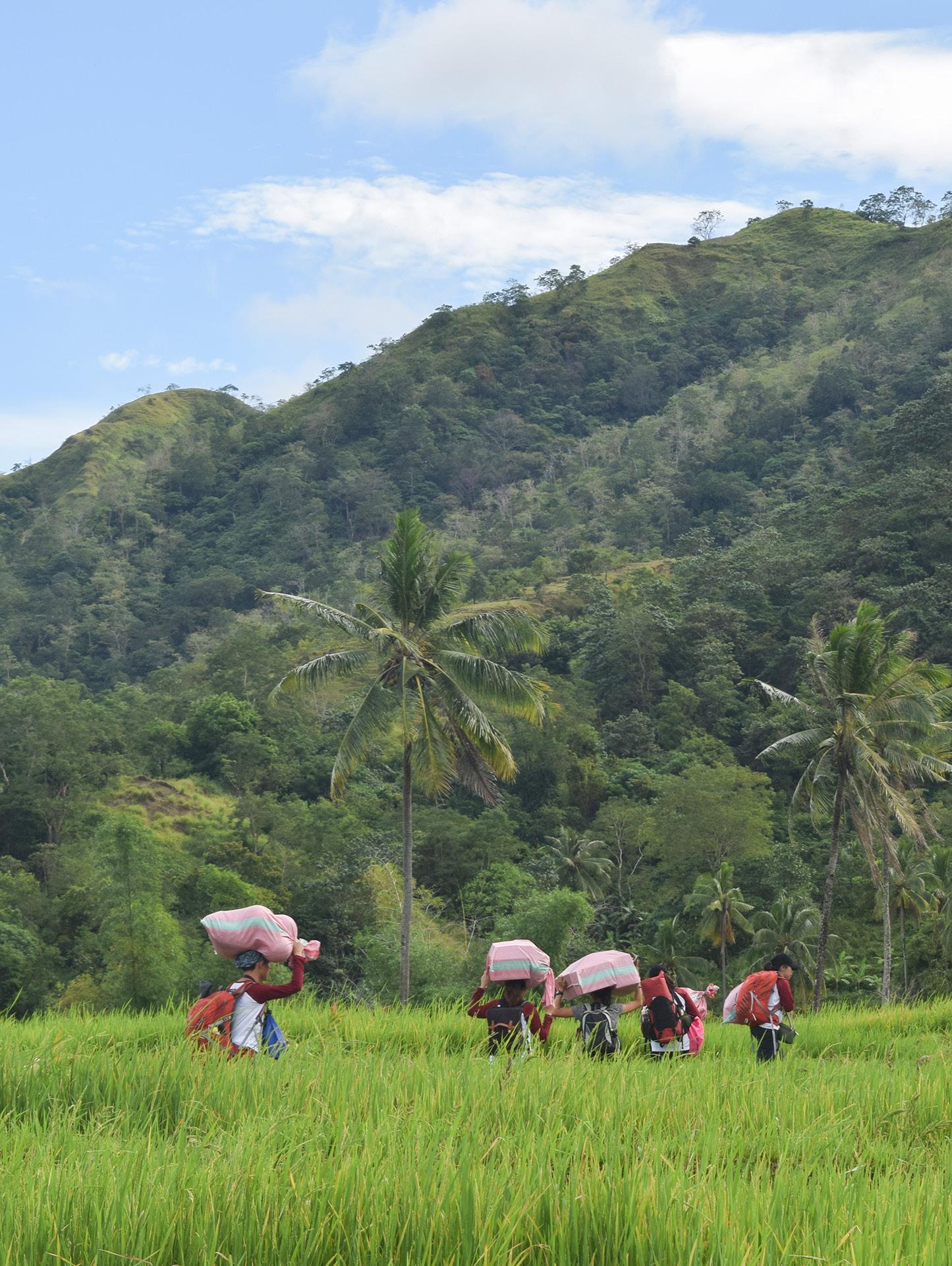
nature and different cultures - the view, the adventure, and the different acquaintances.” He calls this his nature-fix.
Fernando recalls how his favorite local hikes were the “Philippine Trilogy; Mt. Apo, the highest peak in Mindanao; Mt. Kanlaon, the highest peak in the Visayas; and Mt. Pulag, the highest peak in Luzon.” He shared he was with his two friends, Osmond and Lisa, and they were still newbies during their trip to Mt. Apo. “We started the hike to the peak at three [in the morning.] Seeing the sunrise as we reached the highest peak in the country is a one-of-a-kind experience. We were really tired, physically exhausted, but it was fun, beautiful, and gave us a sense of fulfillment.”
Locara also described how accustomed local communities have become to mountaineers and hikers in the area. “They are humble, friendly, and very accommodating. We interact with them with the utmost respect and consideration, given that we are but mere visitors in their area.”
“It is also enjoyable to get to know and talk with the locals. Usually, the guides of the place share stories about the mountains as well as their cultures and activities. There are times that the elders in the society would sing, dance, and laugh with us. They also love to impart their locally hand-made products and teach you how to make them. In mountaineering, you do not only conquer the mountains and yourself, but you also get to experience life in the mountains that will somehow change your perspective in life,” shared Mamburam.
As for advice, Heyres shared that investing in good quality gear such as your bag, tent, and other hiking tools is important. “While bags can be borrowed, your shoes are your primary equipment as your feet are your mode of transportation,” added Locara.
Mamburam also shared taking a basic mountaineering course is important for future hikers and mountaineers because it will help you in the mountains. “Attending these types of training will give us basic knowledge and tricks, like how to pitch a tent, apply first aid, make knots, how to survive and what proper protocols to follow… Knowing more is better – it will lessen your anxiety, and it really pays to be prepared,” remarked Fernando.





